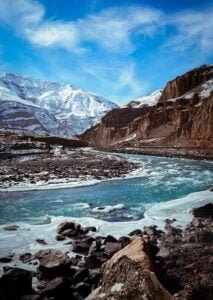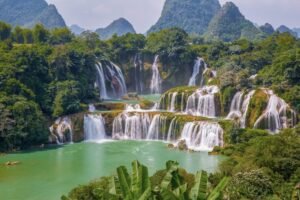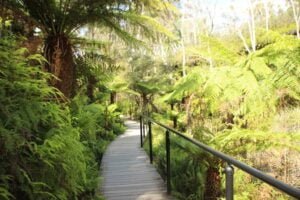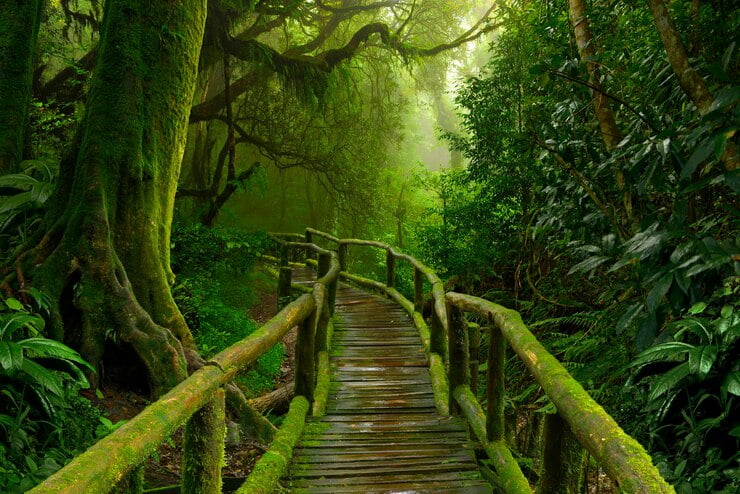No products in the cart.
SHILLONG – House of Clouds
Meghalaya
It’s travelled a long way since the days its scenic mountain setting served as a garrison post for its homesick colonial rulers who were reminded of the Scottish Highlands.

Shillong’s gorgeous natural beauty, rich ethnic diversity and strong Western influences have been pivotal in serving as inspirational material for artists from different genres—be they writers, poets, musicians and the like.
While old timers may still be nostalgic about Shillong’s British-era atmospherics and lifestyle pursuits, for the youth of today the hill town rocks…for its rock and alternative genre bands, delicious street food, its vibe as a fashion hub and its importance as a gateway to a range of nature-based exploits such as caving, trekking and living roots adventures.
Long regarded as one of the country’s leading educational hubs, initiated by the schools established by the missionaries of the Raj, today Shillong has been identified for setting up the country’s first centre of excellence in online gaming to give an impetus to startups and entrepreneurs from the North East region to build the next generation of the online gaming ecosystem.

What’s also gathering significance is the back-to-roots movement when it comes to its ethnic and cultural legacy and the rising engagement with sustainable travel choices in these times of Climate Change.
As the capital of Meghalaya and the headquarters of the East Khasi Hills District Shillong plays a significant role in the dispersal of tourists across the state. Set upon a plateau it is bounded by the Diengiei Hills the Umiam Gorge and the hills of the Assam Valley, of which Meghalaya was once a part before it became an independent state in 1972.
The Sacred Hills
Lum Sohpetbneng, Lum Diengiei and Lum Shillong are the three most revered peaks for Meghalaya’s Khasi community. Diengiei Peak, the second highest elevation in the Meghalaya hills features a cup-shaped top, which geologists opine could be the crater of a long extinct volcano
Khasi belief has it that a massive tree was planted at Lum Sohpet Bneng by God which would serve as a Jingkieng Ksiar or golden bridge between Earth and Heaven and the Khasi race could use it freely.
But because he grew angry with them for turning to wicked ways, he cut down the tree. Later, he planted another tree at the nearby Lum Diengiei which became so monstrous it cut off the life-giving light of the sun. But this time it was the community which wanted to cut it down. But it was in vain, as every night the tree would heal itself and be as good as new when the people came to chop it off the next day. Respite came for them from a little bird who revealed the secret of how they could stop this happening— and so they got rid of the monstrous tree which had become a blight in their lives! Lum Sohpetbneng or the ‘Navel of Heaven”, 20km from town is an ancient pilgrimage hub for the Khasis. At 1965 m Lum Shyllong is the highest point in the East Khasi Hills and in Meghalaya. It’s just 10km away from the city. In the spring devotees climb to the top to pay their respects to U Shulong during the rituals held by a priest of the erstwhile Princely State of Mylliem which was incorporated as a part of the states of the Khasi kingdom in Meghalaya. The two divided polities of the Khasi Kingdom, Mylliem and Khyrim, coexisted in Shillong in the 18th century.
Sacred Grove Mawphlang
The most important thing happening with the burgeoning momentum of responsible tourism in this era of Climate Change is the delight of visitors in discovering the unique beauty of sacred groves. Just a short distance from Shillong one can take a guided tour of the Sacred Grove of Mawphlang, which once played host to sacred ceremonies and meetings of the Khasi rulers and ceremonial leaders. It was established by Ka Khmah, the founder of the Lyngdoh Mawphlang clan.
Considered to be the abode of the deities this hallowed spot was also where the new chiefs used to be anointed. Everything must grow and flourish as Nature wishes— not a leaf can be plucked, not a tree can be cut here to disturb the guardian spirits of the sacred sanctuary. Violation of these sacred groves is considered a crime and is open to punishment by the village durbar.

One can spot some of the old coronation and ceremonial and sacrificial sites sequestered in this grove venerated for its fabulous biodiverse plenitude of rare plants, mushrooms, and trees. You will also see some ancient monoliths imbued with spiritual importance. Driven by the deep faith of the Khasis of the sacred in Nature these ancient groves offer multi-layered narratives to unfold. An important aspect of protecting the ancient legacy of this holy sanctuary by the Khasis is that it has been institutionalised as a heritage spot and tourist attraction. this will go a long way in helping its preservation, sustenance and perpetuation.
Khasi Heritage Village
A visit to the Khasi Heritage Village is recommended as it provides a showcase of the distinctive styles of vernacular architecture and design as well as the rich traditional and cultural heritage of the indigenous Khasi community. It also offers an opportunity to witness music concerts of Khasi origin and join the crowds at the Monolith Festival organized by the Khasi Hills Autonomous District Council (KHADC) and held here. Visitors can look forward to a colourful jamboree with the spotlight shining on the arts and crafts exhibitions, as well as the tempting culinary offerings.
Museum Musings
Take time out to visit the Don Bosco Centre for Indigenous Cultures (DBCIC) to get a handle on the astonishing diversity of Meghalaya’s ethnic culture. It’s considered to be the largest museum of indigenous and local cultures in the country. It’s not just Meghalaya that is represented here. The 56,000 sq ft sprawl of the establishment featuring 17 galleries, across seven floors, offers a window to the cultural and archaeological diversity of Arunachal Pradesh, Assam, Mizoram, Tripura, Manipur and Nagaland as well.
Canyon Views and Golfing Delights
To do a deep dive into Shillong’s gorgeous natural spaces do plan a few hikes and treks with a knowledgeable local guide to get the most out of your time there. An unmissable spot is the ever-popular Laitlum Canyon accessible by a 45 minute drive from town. The shimmering emerald of the verdant hills, the vast expanse of the bamboo forest and the plunging depths of the canyon provide plenty of Instagramming opps.
The popularity of Shillong’s British-era golf course flourishes apace even with short-term visitors in town. One can enjoy some of the most scenic views from its setting in a valley cocooned by a cavalcade of ancient pines.
Vibrant Water Worlds, Serene Parks and Trekking Trails
The array of lakes and waterfalls in and around town are signature hot spots for visitors of all age groups. It’s a wonderful opportunity to mingle with the local residents  who make the most of these wonderful back-to-nature diversions. Places to tick off on your must-do list are the Phan Nonglait Park (formerly Lady Hydari Park) with its mini zoo, Elephant Falls, Sweet Falls, Spread Eagle Falls, Ward’s Lake and Umiam Lake.
who make the most of these wonderful back-to-nature diversions. Places to tick off on your must-do list are the Phan Nonglait Park (formerly Lady Hydari Park) with its mini zoo, Elephant Falls, Sweet Falls, Spread Eagle Falls, Ward’s Lake and Umiam Lake.
Hogging the limelight now is the beautiful David Scott Trail which has trekkers revved up to explore this route which once connected Assam to Bangladesh back in the 19th century. Walking the trail is best done with a local expert to enjoy the charming vistas along the way past waterfalls, dense forests and towering pinnacles.
 ACCOMMODATION
ACCOMMODATION
An excellent range of hotels and guesthouses are available to suit all budgets.
ACCESS
Air: The most convenient airport is Lokpriya Gopinath Bordoloi International Airport at Guwahati (130km away). The onward journey can be completed by taxi or bus
Rail: Guwahati is the nearest railhead and is well-connected to the rest of the country.
Road: Meghalaya Transport Corporation offers good connectivity to Shillong as it provides bus services coordinated with train arrivals and departures in Guwahati.
















